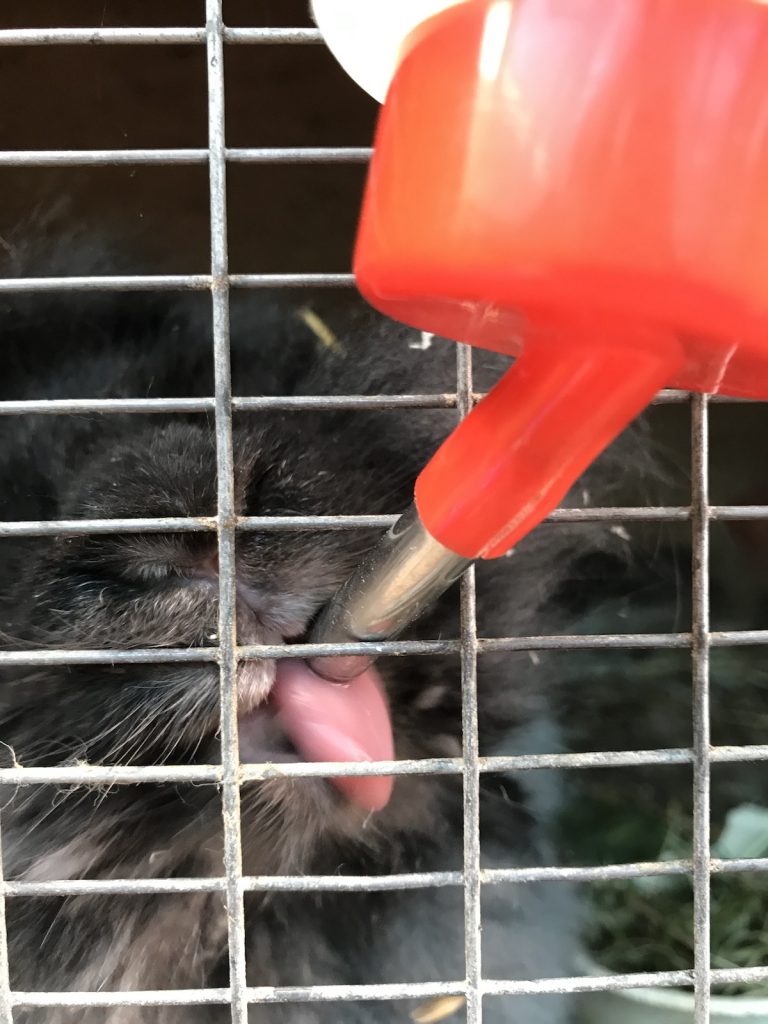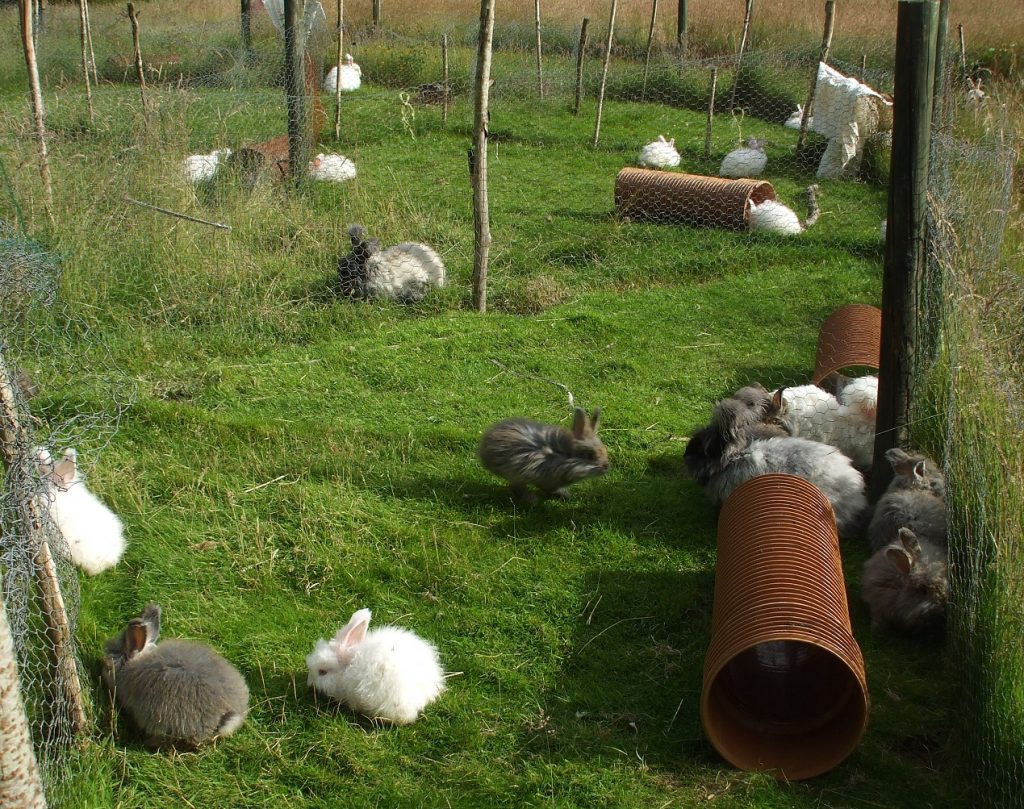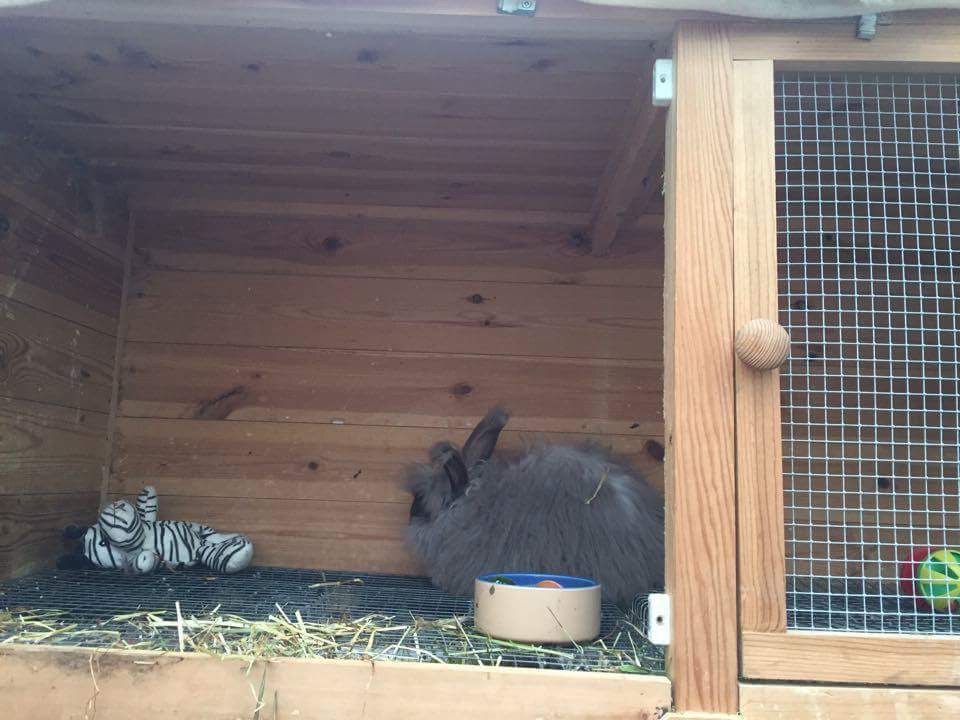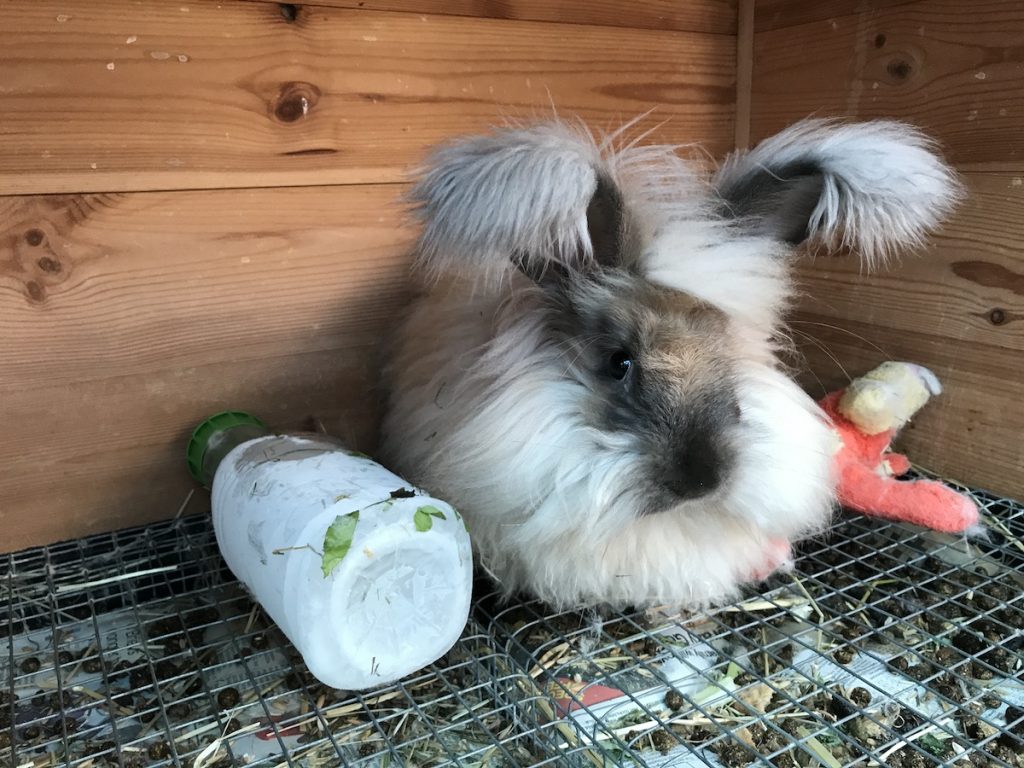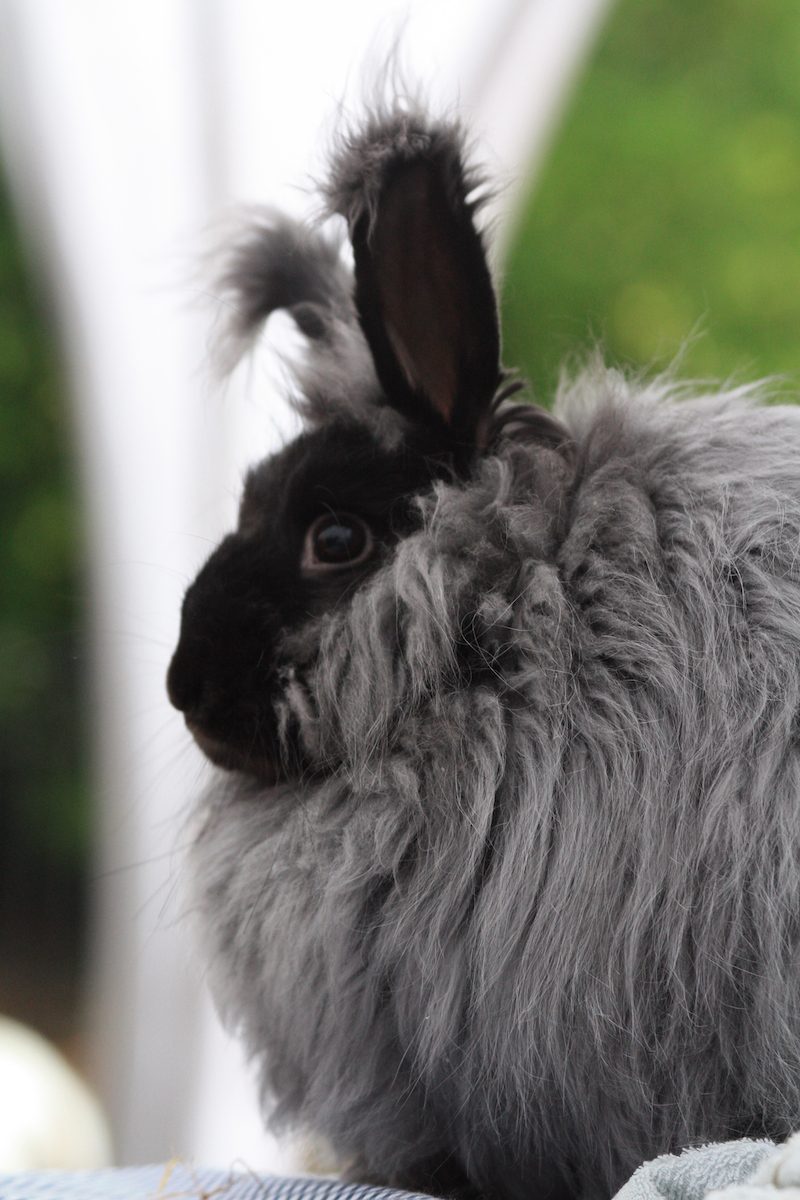Angora rabbits need water as part of their daily routine. Wild rabbits tend to get sufficient water from eating grass and greens whilst domesticated rabbits have a largely dry diet and need to have additional water supplied in their cages. This can be through a bottle attached to the cage door held in place by a wire or a cup that hooks onto the wire door or a ceramic bowl within the cage. It is especially important to ensure they have adequate water supplies in hot weather, and that their bowls or bottles do not freeze in winter. Nursing does have a high demand for water due to milk production, and their water supply should be checked frequently.

You can follow us on Twitter: @angora_club or on Facebook: National Angora Rabbit Club (UK) for regular updates and feeds from the website or sign up to these direct via the Rich Site Summary (RSS) feed.
Open group which anyone can follow and for the UK National Angora Club, for all those who care about and keep the English angora rabbit.
Please note that unless people wishing to join the group are shown to have other friends in the group, or aren’t members of the National Angora Rabbit Club, they will not be allowed membership to this forum. This avoids animal rights activists and traders gaining access to our forum. The forum admins are supportive of the National Angora Club, and as such we strongly condemn the killing of rabbits for wool harvesting purposes.
RSS feed
Direct e-mail feed from the website daily with all the latest content that has been recently launched on the website. Sign up via the button on the home page on the right hand side.
Everyone will have their own way of doing things when it comes to keeping their own Angora rabbits. This is the routine of an experienced breeder. Rabbits can be fed once or twice a day and appreciate being fed at the same time or times every day.
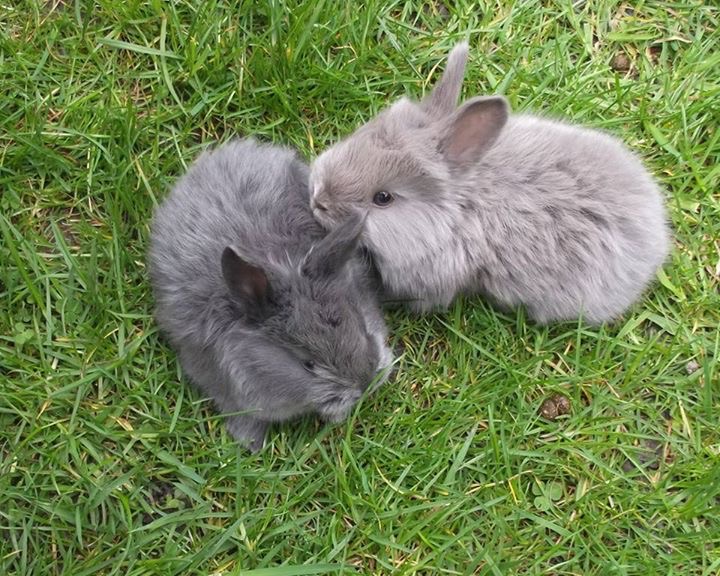
The welfare of the Angora rabbit is very important to all members of the National Angora Club, whether exhibitors, craftspeople, pet owners or members with a combination of all three interests.
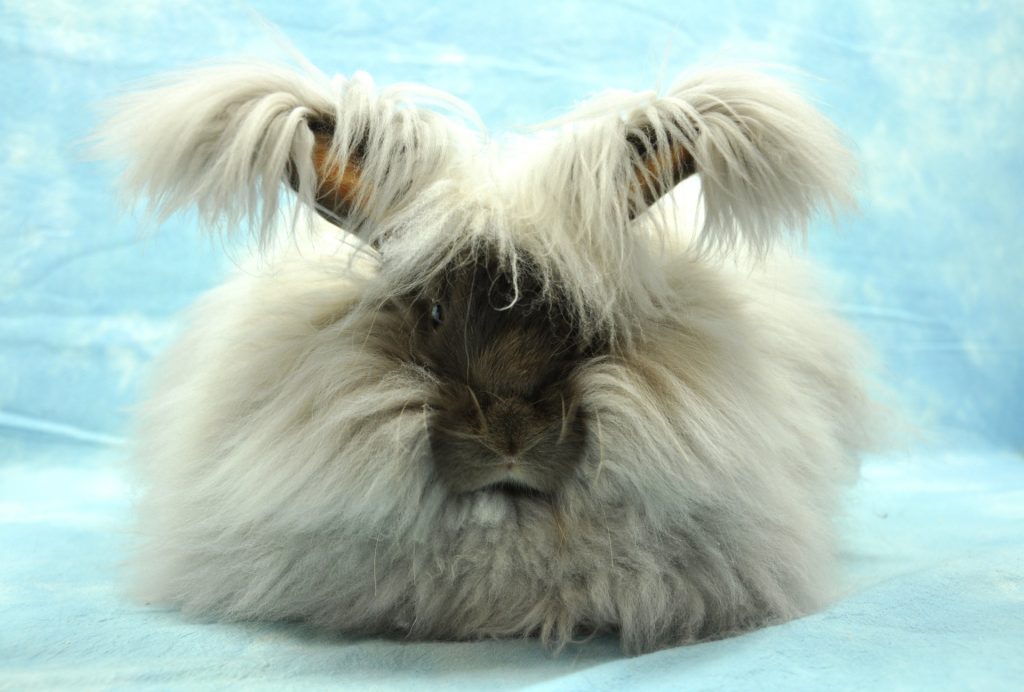
The National Angora Club (NAC) officials for 2017 – 2019 are listed below and include breeders, judges and enthusiasts of the English angora rabbit. If you are interested in joining the NAC (UK) then why not contact us for more information on how to become a member or go to the Constitution and rules.
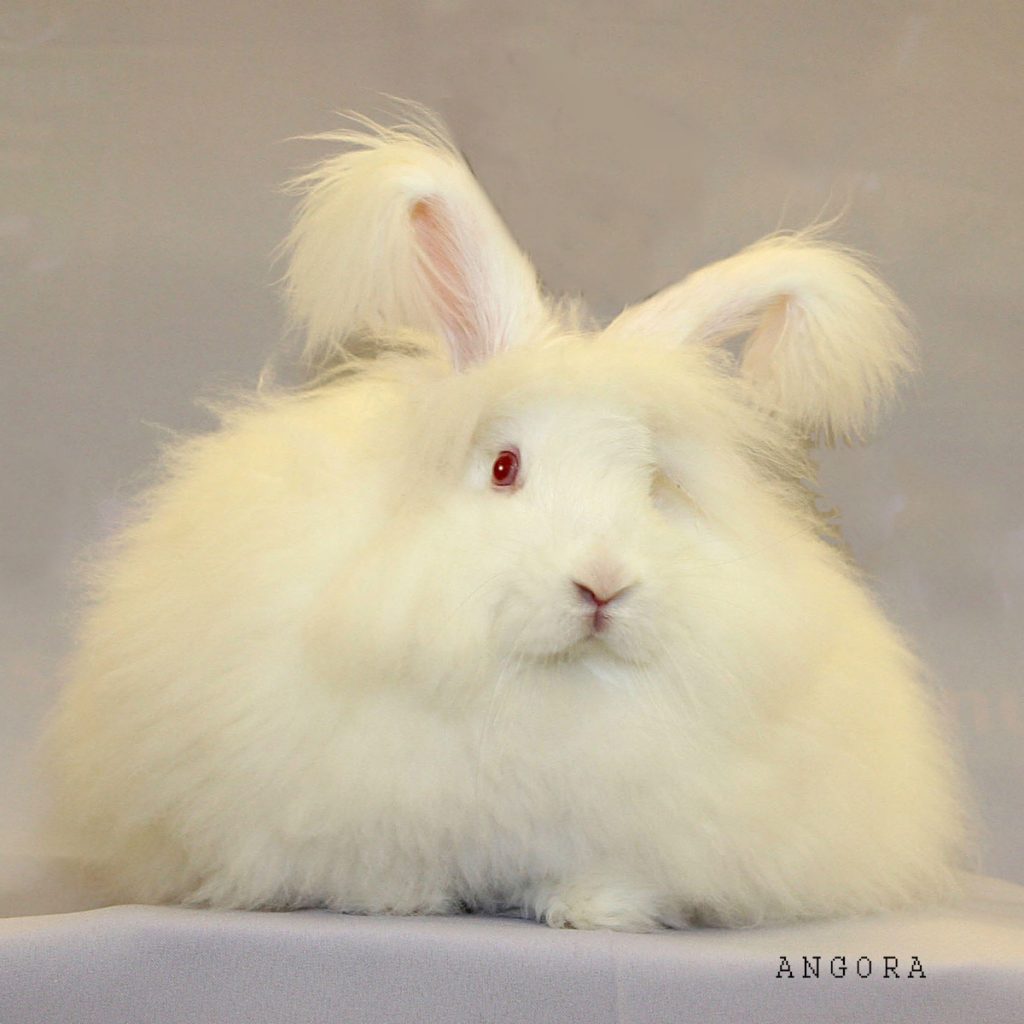
This welfare code has been unofficial for many years, and has now been discussed at our Annual General Meeting and published in our yearbook.
National Angora Club Members:
- Make the welfare of the rabbit their priority.
- Do not breed Angora rabbits for sale for commercial gain.
- Sell only to vetted private owners and not to the pet trade or for children’s pets.
- Only sell rabbits 10 weeks of age or older.
- Give new owners clipping and grooming demonstrations and support them after sale.
- Give a supply of food and detailed information on diet and care at the point of sale.
- Send rabbits by courier only to experienced Angora owners.
- Give correct advice on showing, ringing, vaccinations, neutering and bonding.
- Help wherever possible to find homes for unwanted Angoras.
- Strongly discourage the irresponsible breeding of any rabbit.
Top 10 approaches to keeping your Angoras cool in hot weather:
- Clip them to remove the large long coats
- Use frozen bottles of water or frozen pads so they can sit by them to cool down
- Hang a wet towel in front of their cage or cover part of the hutch with a wet towel
- Ensure they are in a shaded location or add additional shade netting to the area and if necessary move hutches into the shade area if possible
- Ensure good ventilation and use additional fans to aid with moving air if possible
Do you have an Angora rabbit?
Then this Club is for you. All Angora owners are welcome, whether you are an exhibitor, spinner, or simply a rabbit lover. Many of us are all three!
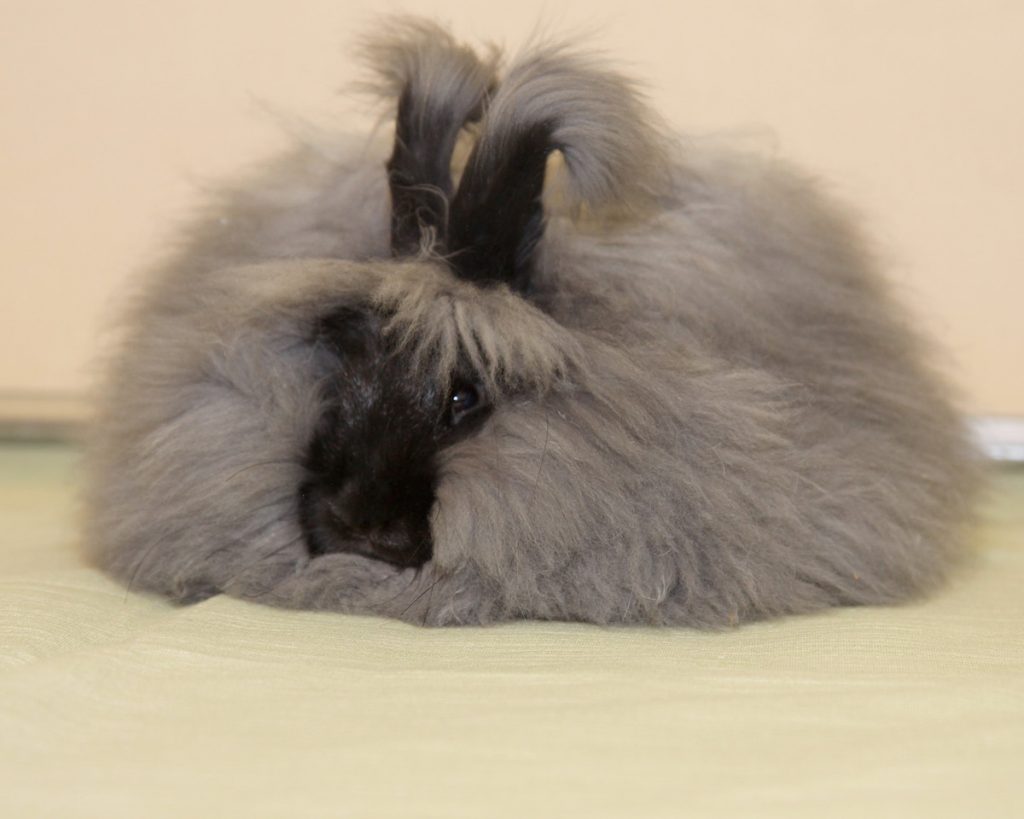
The primary need before the purchase of stock is housing. Any hutches designed for a medium-sized breed will suitably accommodate Angoras. A single rabbit needs a hutch two feet square and not less than 21” in height. Breeding hutches should not be less than three feet by two feet. A very practical idea is to have hutches four feet by two feet with a removable partition, so it can house two single rabbits or a doe and litter. (note modern recommendations are for very much larger hutches.)
